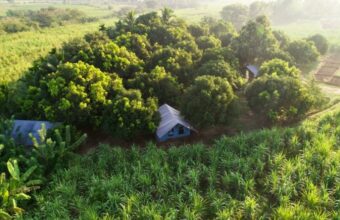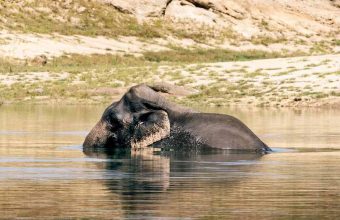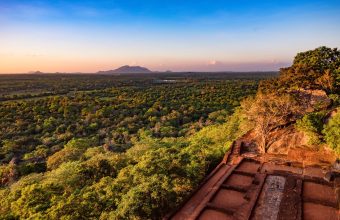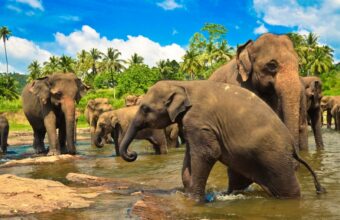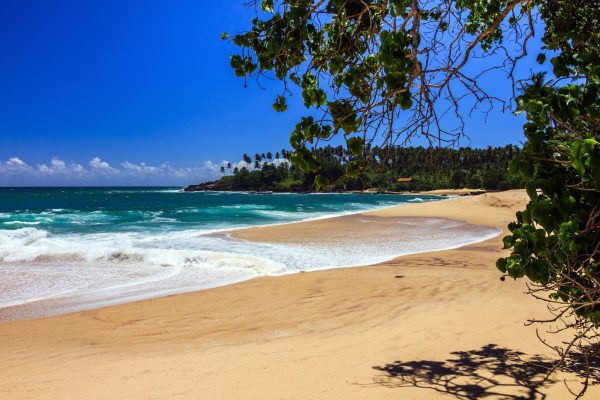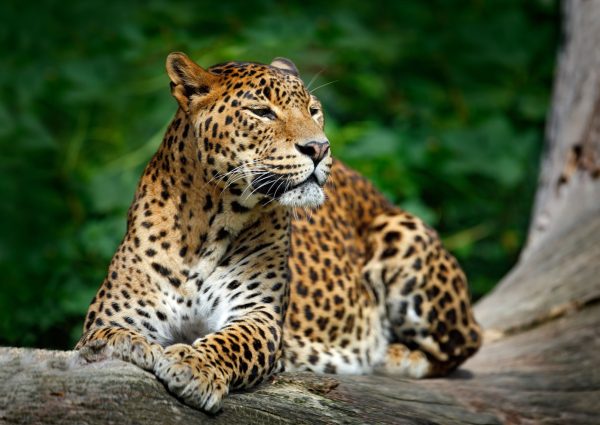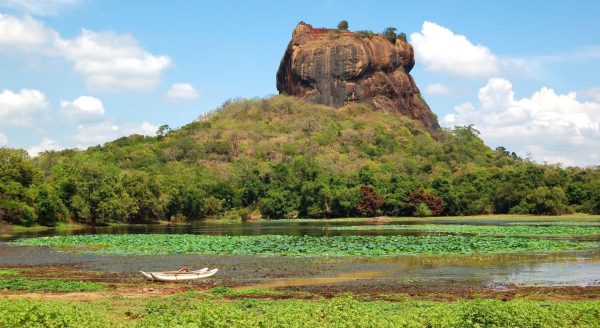Sri Lanka With Kids
Family-friendly things to do in Sri Lanka
Sri Lanka is an excellent place to visit with kids of all ages, and it may not be as challenging or adventurous as you first assume.
Firstly, and most importantly, Sri Lankan culture is famously welcoming and is particularly doting of children: your youngsters are guaranteed to be a hit wherever you go.
Secondly, there can be few places on earth with as much scenic diversity for kids as this compact and easy-to-explore island. From wildlife to surf beaches to ancient ruins, a week or two in Sri Lanka will fascinate inquisitive young minds.
It’s a relatively small island to explore but the scenery constantly shifts, and the chance to travel by tuk-tuk and take some thrilling train journeys make getting around all part of the fun.
Here’s our expert rundown on some of Sri Lanka’s best family-friendly activities.
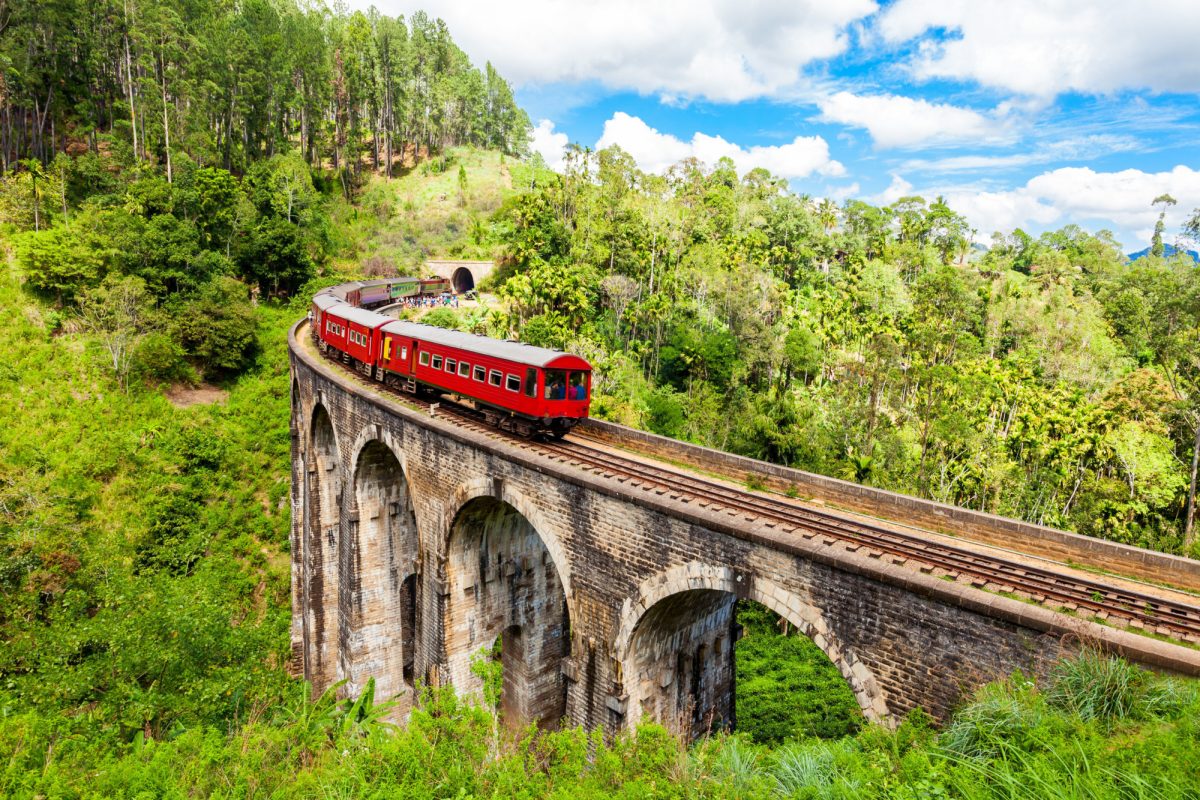
The train between Kandy and Ella is a thrilling ride for all ages
Family-friendly Sri Lanka
Our expert picks for kid-friendly experiences in Sri Lanka
Sri Lanka’s compact size and ease of getting around mean you could conceivably fit all the following into an (admittedly hectic) two-week holiday, although choosing just three or four of the following would be a lot more relaxing. Buckle in!
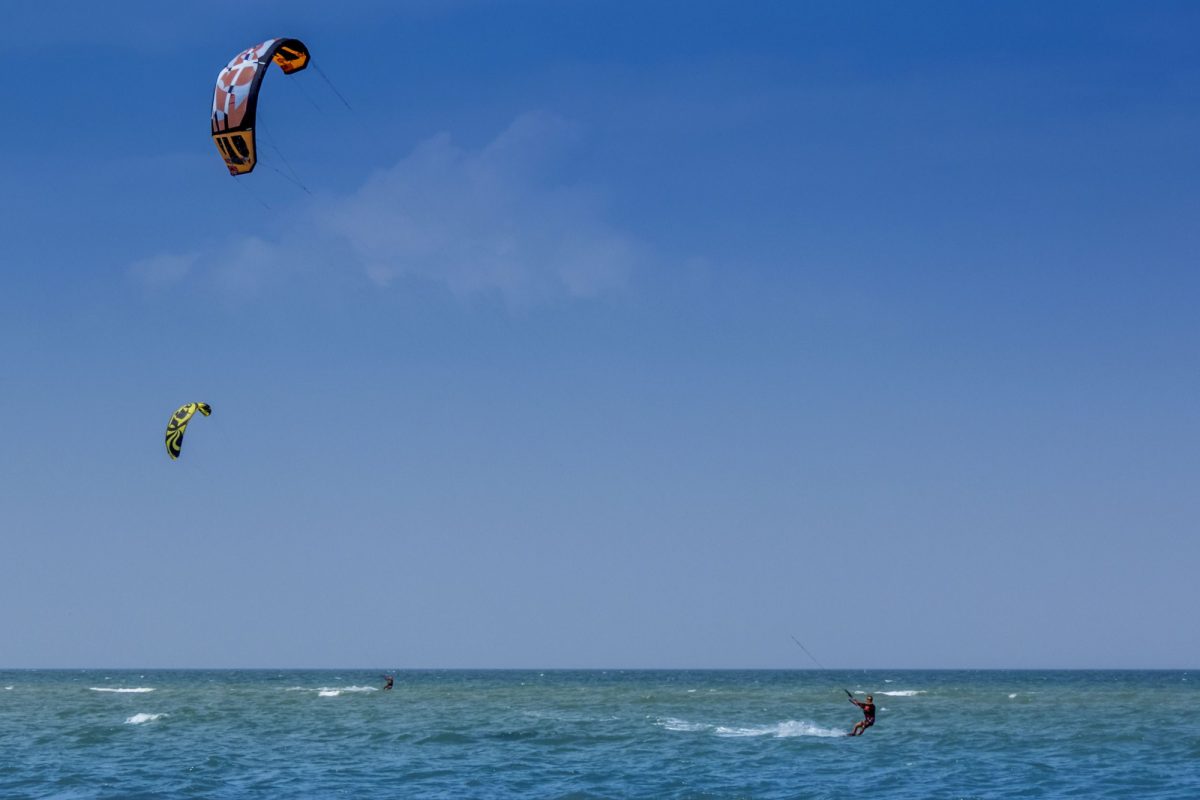
Older kids will love kite surfing on Kalpitiya beach
Lounge on kid-friendly beaches
Sri Lanka has over 830 miles of coastline, much of which is sandy bays, coves and long golden strands.
During the high summer months, the best swimming is on the east coast. Passikudah’s soft sand, calm ocean and water sports suit all ages. For active teens, the offshore winds in the north westerly kite surfing hub of Kalpitiya are also ideal in the summer.
For Christmas or February half term breaks, look to the western or southern beaches. Dalawella near Galle is one of Sri Lanka’s best swimming spots for young children year-round as the beach is protected by an offshore reef home to resident turtles. Unawatuna, Kabalana, Weligama, Mawella and Hiriketiya are other great family-friendly beaches.
April is a transitional month so if you’re planning an Easter break you can pick from the south or west coasts or take advantage of the lower shoulder season prices along the east coast.
Expert insight
Not all of the country’s beaches are ideal for kids. Rolling waves and seasonal swells put many out of reach for weak swimmers, while lifeguards are a rare sight outside of resorts. But there’s always a beach in season thanks to two monsoons affecting different sides of the island at opposing times. (See [when to go], below).
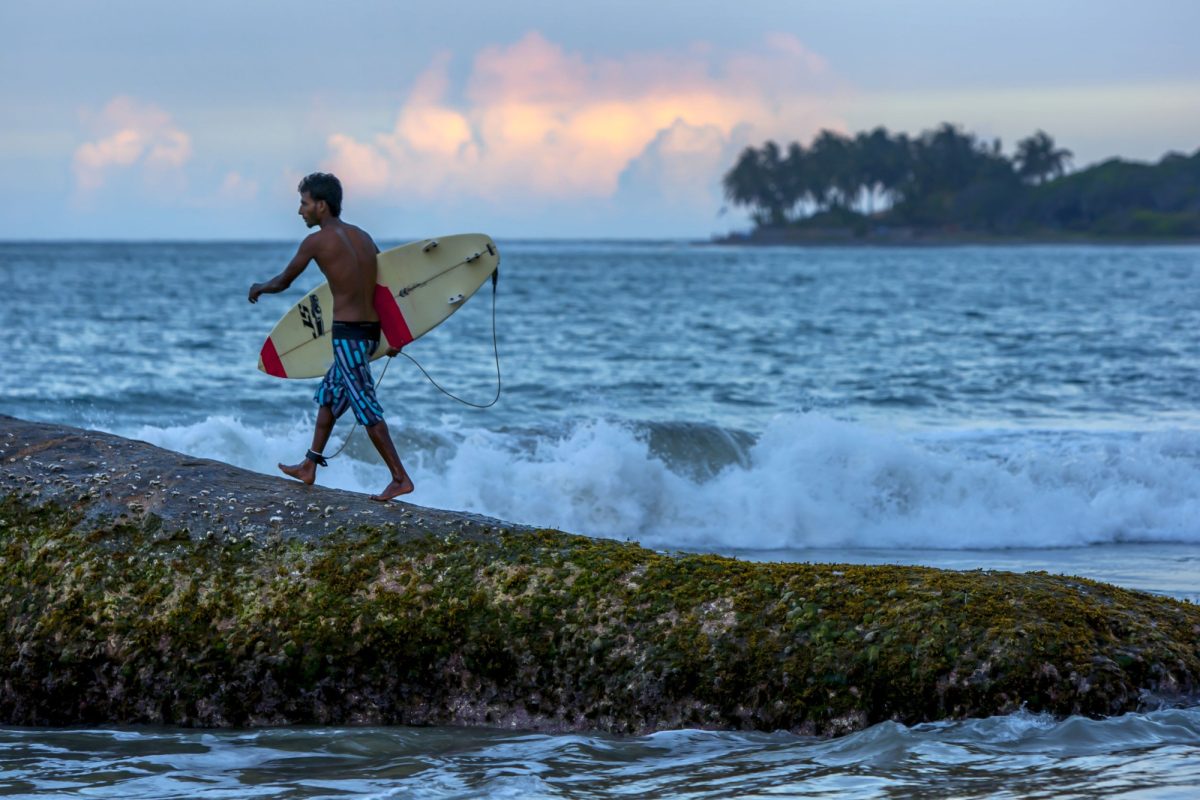
Surfing at Arugam Bay
Teach the kids to surf
If lounging about on the beach doesn’t burn off enough youthful energy, you’ll find some great surfing on the south coast between Hikkaduwa and Tangalle, and in remote villages around Arugam Bay.
Families with younger children will find south coast Weligama a great place to learn to surf, with numerous outlets offering board hire, tuition and multi-day camps on the sandy and reef-free bay.
Beginners can also tackle the sand break at Kabalana’s more intimate bay, while more confident surfers can pick from Ahangama’s 10+ breaks.
There are just two breaks in Hiriketiya’s horseshoe-shaped bay—one a mellow sand break and the other a fast left-hander—but you can surf here for most of the year and its boho beach cafés and yoga classes appeal to non-surfers too.
East coast Arugam Bay’s breaks suit more confident surfers. Located in wildly beautiful spots, off remote, deserted beaches, the swell is best between June and September.
Expert insight
There is enough variety to suit all abilities. While each region is subject to seasonal conditions, you can surf year-round. Even if you’re a seasoned swimmer, getting the lowdown from a local surfer is sensible, and remember that lifeguards are non-existent.
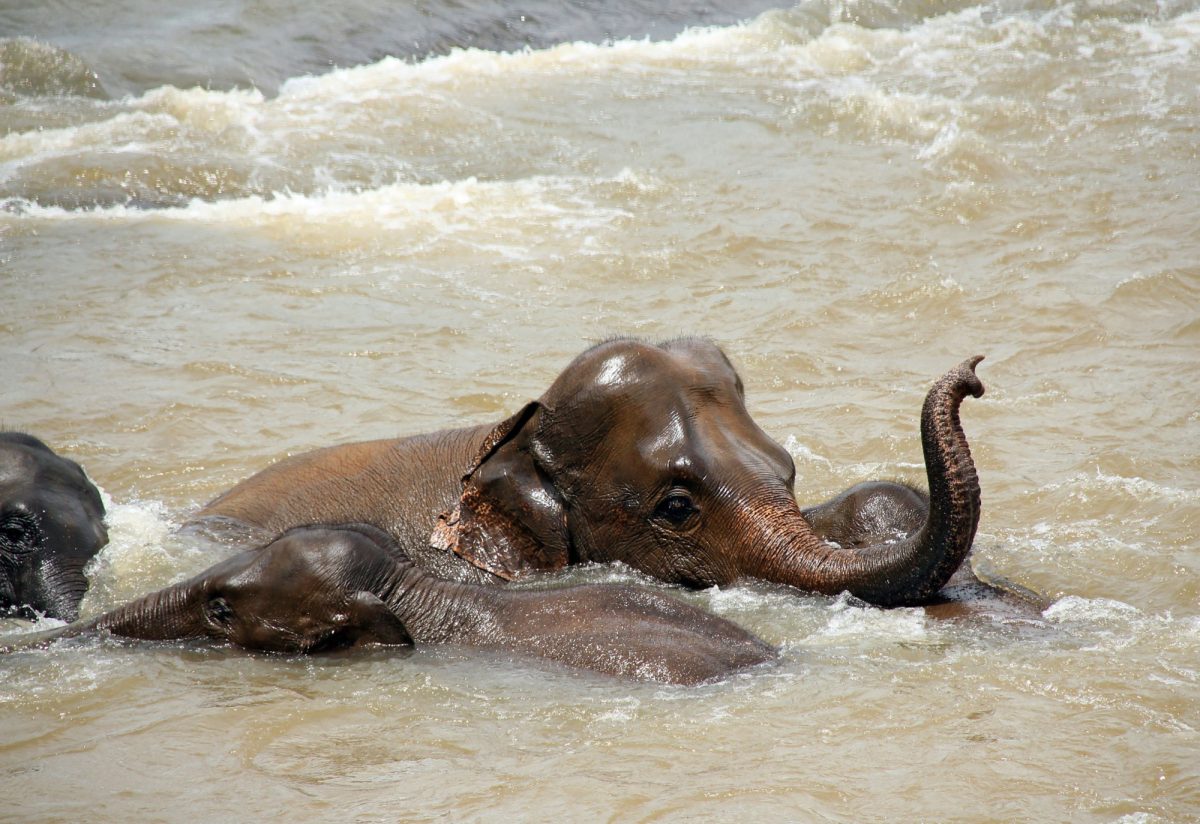
Swimming elephants in Gal Oya National Park
Go on safari
A visit to Sri Lanka doesn’t feel complete without a safari, especially when the island is home to over 7,500 elephants.
Uda Walawe National Park all but guarantees sightings of elephants, particularly during the elephant gathering between late August and October dry season when hundreds of elephants converge on the receding waters of the Minneriya and Kaudulla tanks (historic irrigation lakes).
Gal Oya National Park is wilder and more rustic; here you can take a boat safari in search of the park’s famous swimming elephants.
For leopards, head to Yala National Park where sloth bears are also active (particularly in May and June). However the park gets busy, and the cacophony of noisy jeeps can be a real let down. To avoid the crowds either splurge on a luxury camp such as Leopard Safaris or Chena Huts (both offer Junior Ranger courses) for the best naturalist guides, or visit Wilpattu National Park instead. This vast north-westerly reserve shares Yala’s big game highs without the crowds.
Expert insight
Sri Lanka’s elephants may steal all the limelight but the country is also a leopard hotspot. Block 1 of Yala National Park is home to the densest population of leopards per square kilometre in the world.
Need to know
Far too many operators still offer direct contact experiences with elephants or – even worse – elephant riding tours. Many tourists don’t realise the degree of suffering undergone by captive elephants to train them for this work. Steer well clear.
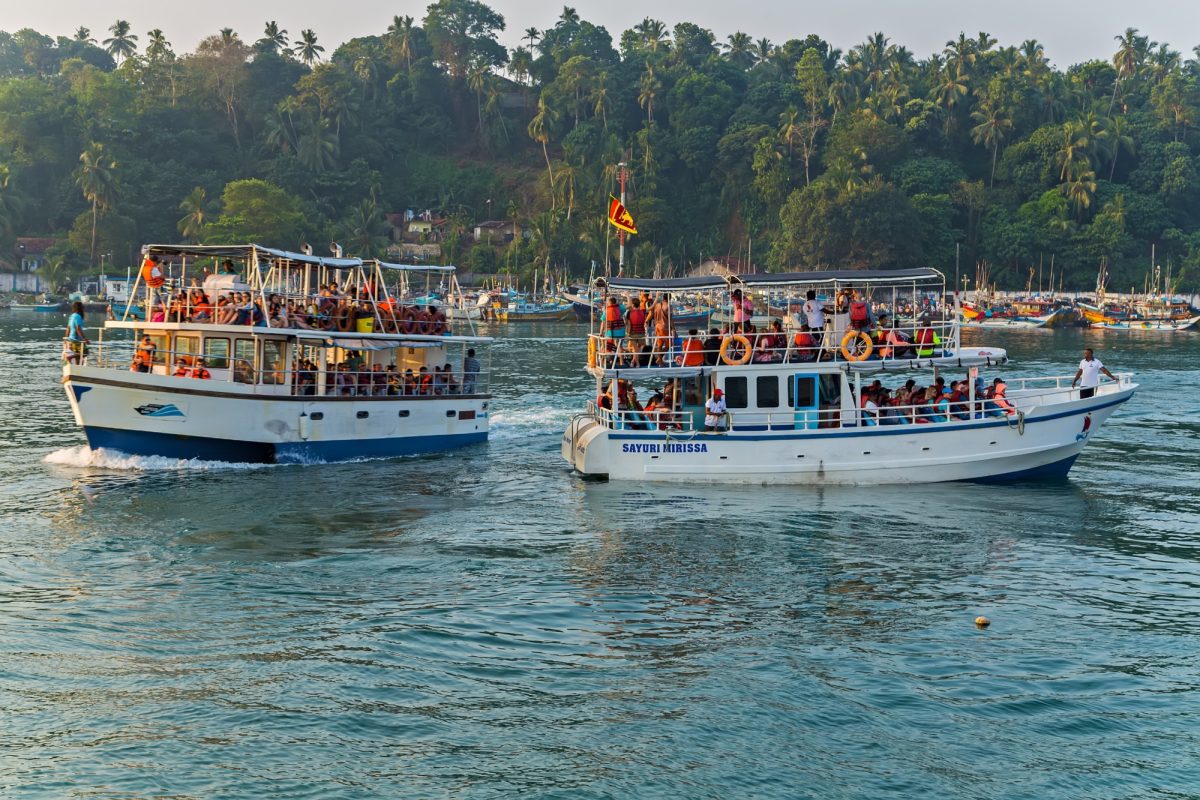
Whale watching in Mirissa gets busy and disruptive to the whales; consider going elsewhere
See whales and dolphins (responsibly!)
The waters around Sri Lanka are some of the best for observing blue, sperm, Bryde’s and humpback whales, with plenty of spinner, bottlenose and Risso dolphins to be seen throughout the year too. Sightings are best between November and April off the south coast.
Mirissa is the busiest launchpad for whale watching (between November and April), so you might consider quieter Kalpitiya as an alternative (though whales can be harder to spot). During the summer, whale watching shifts to the Bay of Bengal, off northeast Trincomalee.
Expert insight
Much of the country’s whale watching industry is an unlicensed and poorly regulated free-for-all which causes immense distress and disruption to the whales’ natural behaviour. Boats race far too closely to breaching whales and illegal “swim with whale” tours are sadly prevalent. Touts might try to sell you cheap tickets but from a safety and ethical perspective, opt for a well-established operator and ask about their animal welfare policy before you book.
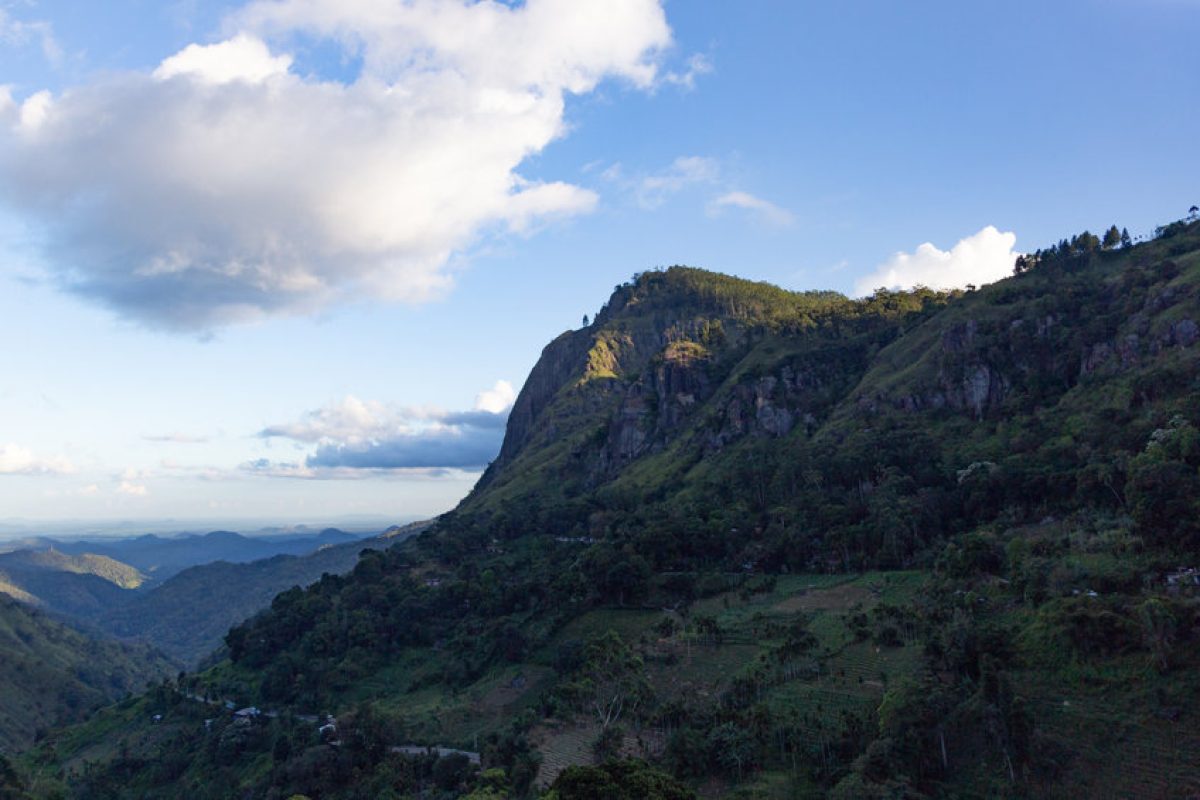
Sri Lanka's tea country has some glorious hiking for all ages
Hike the Pekoe Trail (or some of it)
Sri Lanka’s central hills are the gateway to the island’s picturesque tea country. The undulating forest- and tea-dominated terrain is a great way for families to bond while exploring by foot.
Tour operators can organise guided day hikes in tea country. For something a little different take a look at the Pekoe Trail. The 186-mile trail was designed to foster insightful slow travel within this historic and beautiful part of the island.
The trail’s 22 stages are described clearly in an app and provide plenty of useful pointers so you can explore independently. Each stage takes between three to five hours and navigates pine forests, high altitude grasslands, lakes and swirling tea fields (including Loolecondera, Sri Lanka’s first tea estate, established by James Taylor in 1867).
Expert insight
Stages can be hiked separately or combined by staying at local guesthouses. Stage 16 passes through Ella – where you can also go zip-lining – and, along with 15 and 17, are some of the easiest on the trail. Other family-friendly stretches include stage one (Kandy) and stage seven (Hatton).
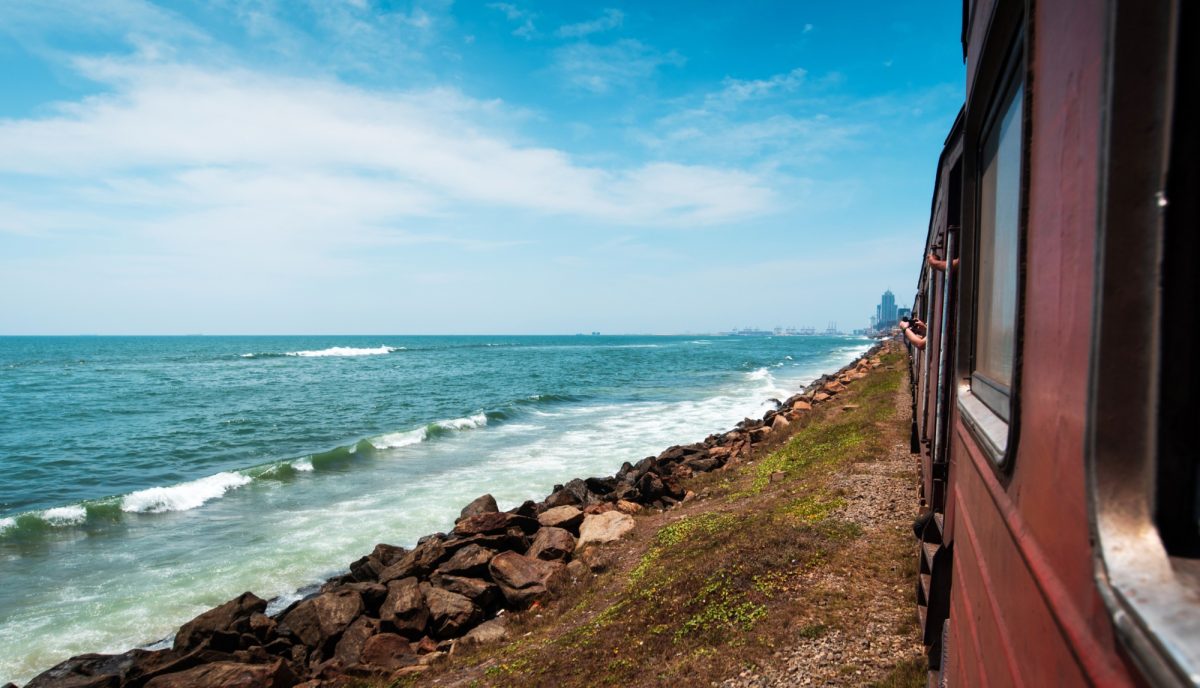
The Coastal Line is quieter than the more famous Main Line
Kid-friendly train journeys
Travelling by train in Sri Lanka is a fun activity for the whole family. It is one of the cheapest ways to travel yet offers a rich insight into the Sri Lankan way of life.
The most enchanting journey is along the Main Line, which weaves through the island’s dramatic mountainous region. Thanks to its incredible views it is also the most popular–sometimes crowded–route, particularly the long 5.5 hour journey between Kandy and Ella.
My advice: either do it in reverse (quieter) or take fidgety youngsters on a shorter route, such as between Galle and Weligama on the ocean-glimpsing Coastal Line.
Expert insight
Don’t be tempted to travel first class, which isn’t as indulgent as it sounds. Second- and third-class carriages have better views (first-class trains are air-conditioned so you can’t open the windows) and offer a better chance of interacting with local people.
Take a cookery class
Sri Lankan cuisine is gaining a name for itself on the world stage and once you’re home, tucking into home-cooked dishes you’ve tried on holiday will reignite fond memories.
The whole family can get involved in a Sri Lankan cooking class, each taking an appropriate role. Hosts teach you the proper way to steam cook rice and prepare a variety of curries. It’s worth asking what’s included as a visit to a local market to pick out your ingredients is a fun way to get a feel for local life. And don’t be shy to ask for any favourite local dishes.
Expert insight
Seek out a class in a village home or guesthouse if you can – try Nautilus or Vinitha’s Cookery Class, both in Unawatuna – as this is likely to be a more genuine experience than a demonstration hosted in a hotel or resort.
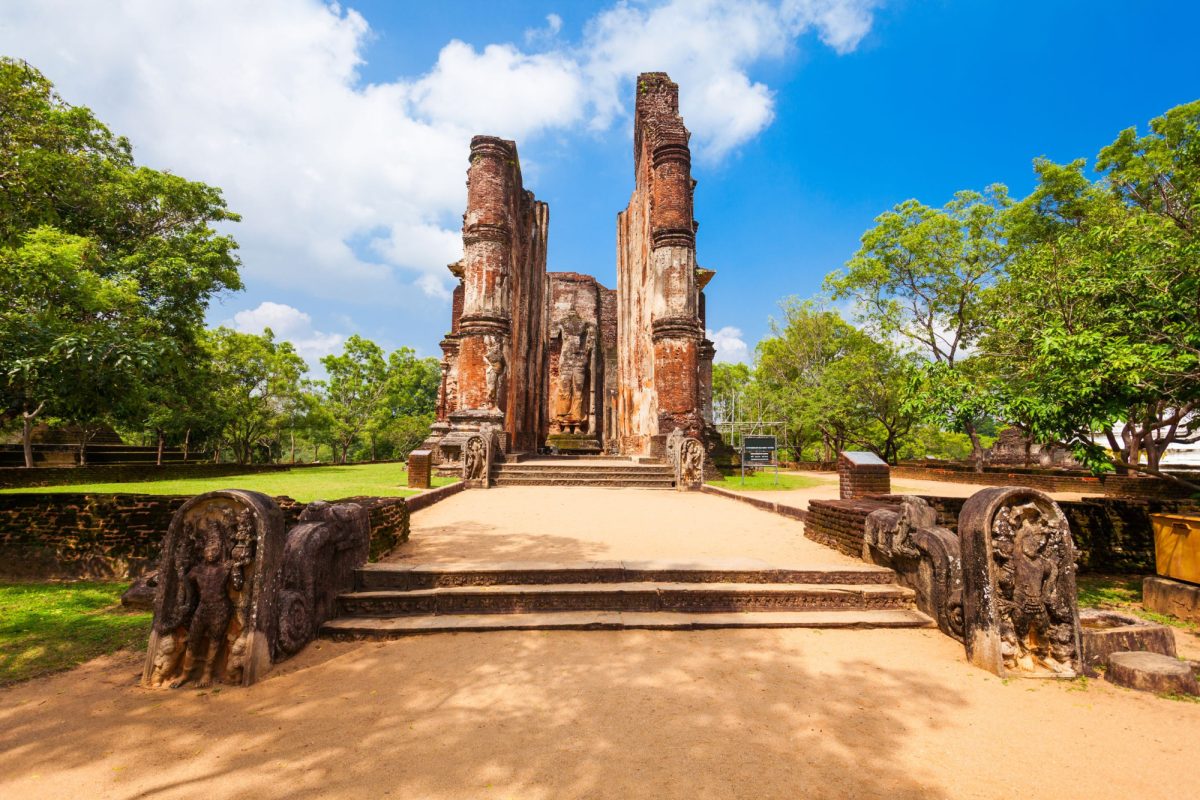
Ruins at Polonnaruwa
Family culture vultures
The sheer scale of the island's historical treasures will fascinate young and curious minds. If your kids are older or more active, they’ll enjoy exploring The Cultural Triangle’s former ancient cities, ruined palaces and religious sites – five of which are World Heritage Sites.
Polonnaruwa’s former temples, palaces and monasteries are much better preserved (and easier to visualise) than Anuradhapura, and the site is also shadier and more compact. You can walk around though you’ll cover more ground on two wheels (hire bicycles from the entrance).
The ruins of Sigiriya, a vast 180-metre-high granite rock-top palace will also fuel the imagination and though it’s a hot sweaty climb for little legs, a gallery of sprightly frescoes and a threshold of giant lion paws all add to the drama.
Expert insight
During busy periods, Sigiriya’s narrow staircases get congested so as an alternative, scramble up Pidurangala (a neighbouring rock) for similar 360-degree views of the fertile plains and back towards Sigiriya.
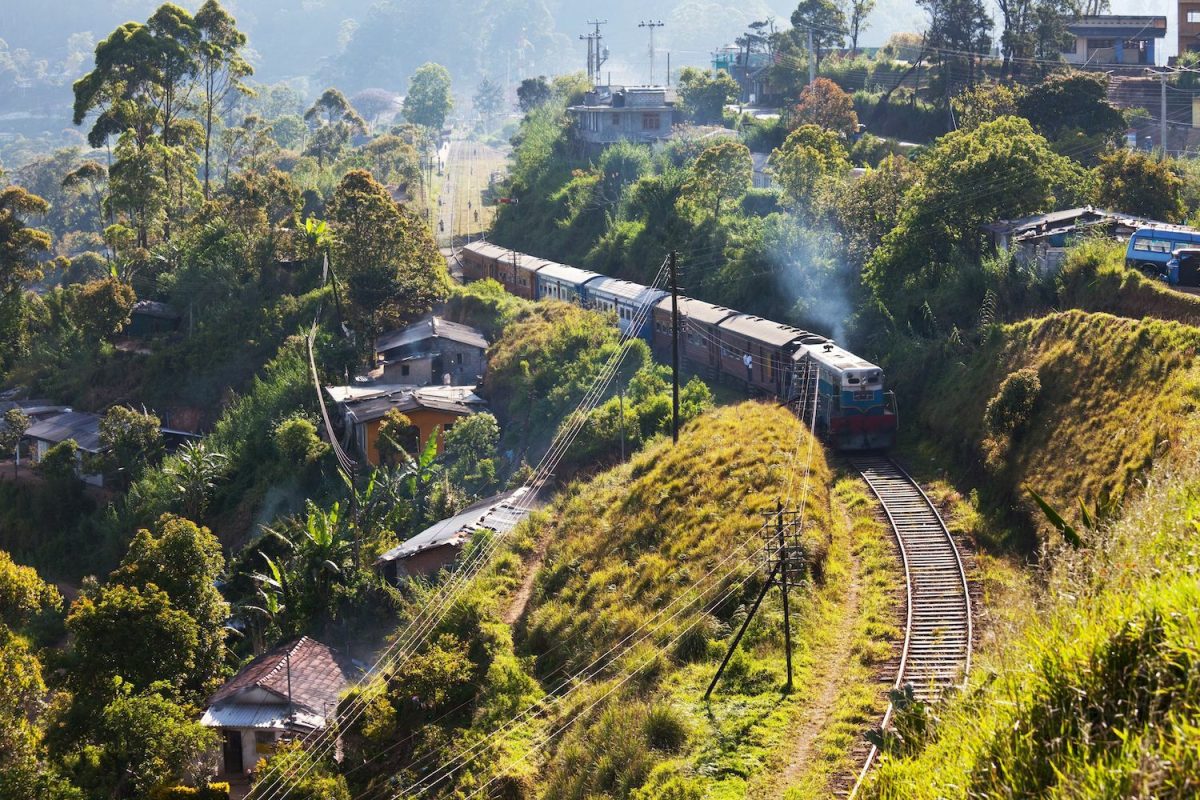
Planning a family-friendly trip to Sri Lanka
Need to know & essential info
Sri Lanka is easier to visit with kids than you might assume. You can get nearly everything you might need – nappies, powdered milk, wipes, beach balls, snorkels and sun cream – in supermarkets across the island, plus cots and high chairs in most of the larger hotels. Just be aware that taxis rarely have child or baby seats so if this concerns you, bring your own.
Best time to visit Sri Lanka with the kids
Sri Lanka experiences two opposing monsoons which makes it a year-round travel destination: whatever time of year there’s a side to the island with agreeable weather and favourable ocean currents.
As a general rule, stick to southern and western regions between November and April, and north and eastern areas between May and September. But remember there is no hard and fast rule. The south coast can also be great in the high summer ‘inter-monsoon’ months.
The Cultural Triangle generally experiences less rainfall and can be visited throughout the year. The humidity builds in April, particularly in the west and south so Easter tends to be the hottest time to visit and can get uncomfortably hot for younger kids.
Getting around with kids
The easiest way to circumnavigate the island is with a car and driver as it offers the flexibility to stop wherever you like with the bonus of an accompanying translator and guide. If you visit as part of a tour, a private driver will be included in the price.
You can get around by public transport: it’s cheaper and more ‘exciting’ but unreliability and discomfort makes it only suitable for older kids. To guarantee a seat on long train journeys you can book a reserved carriage (recommended for busier Hill Country routes), but seats often sell out within a few hours of going on sale (30 days prior).
In the city, tuk-tuks handle all terrains and are a unique and fun way to travel short distances.

